Not only were they witnesses of the important and turning-point event, veteran Pham Van Lai and the officers and staff of the Military Delegation of the Provisional Revolutionary Government of the Republic of South Vietnam also experienced a long, persistent, and fierce struggle in the midst of the enemy, contributing to the resounding victory of the resistance war against the US to save the country.
Veteran Pham Van Lai was born and raised in Tu Tan commune, Vu Thu district, Thai Binh province. While a student at the Central Sports Cadre School (now the University of Sports), in 1971, following the call to "cut through Truong Son to save the country", Mr. Lai and millions of young people at that time volunteered to go to the battlefield. After training, Mr. Lai was assigned to work at the Political Department of the Liberation Army of South Vietnam. In 1973, when the Paris Agreement was signed, veteran Pham Van Lai was appointed as a staff member of the Political Department, Military Delegation of the Provisional Revolutionary Government of the Republic of South Vietnam.
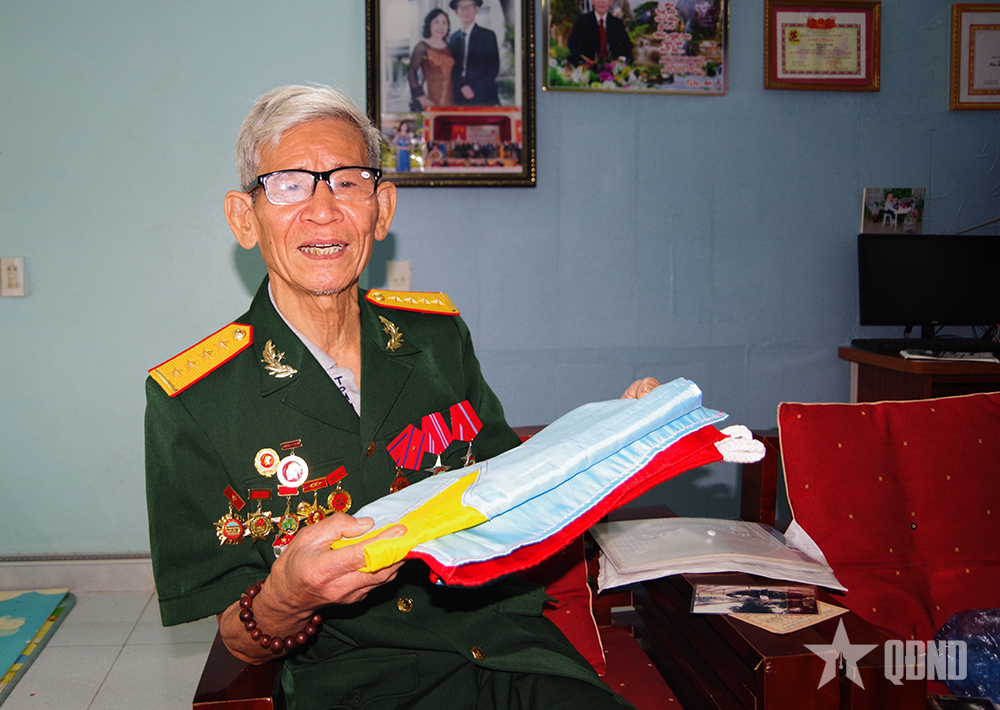 |
| Veteran Pham Van Lai with the liberation flag as a souvenir. |
At that time, the enemy arranged Davis Camp (an area near Tan Son Nhat Airport, now in Ward 4, Tan Binh District, Ho Chi Minh City) as the workplace of the four-party military delegation and as accommodation for the delegation of the Government of the Democratic Republic of Vietnam and the Provisional Revolutionary Government of the Republic of South Vietnam.
Living and working in the heart of the enemy, Mr. Lai and the officers and staff of our delegation had to compete in intelligence and strength against the enemy's sophisticated and vicious attacks aimed at shaking the fighting spirit of the revolutionary soldiers.
“Davis Camp was an old enemy barracks. We were housed in dilapidated field houses. In the summer, the heat from the surrounding ground and the roof rose up. The enemy also frequently cut off electricity and water, making the staff and employees very uncomfortable and suffocated,” veteran Pham Van Lai recalled.
Not only causing difficulties in accommodation and living, around Davis camp, the enemy also surrounded it with barbed wire, set up many listening devices, and regularly sent forces to provoke and demonstrate their strength in order to threaten the morale of the cadres and staff in our delegation... Despite difficult living conditions and being terrorized by the enemy, according to Mr. Lai, he and his comrades still overcame difficulties and maintained their faith in the cause of national liberation.
“We still maintain the order, working hours, living and playing sports. The delegation also organizes increased production to relax, improve living conditions and conducts strict inspections of food and food to prevent enemy poisoning,” Mr. Lai said.
Faced with the rapid progress of the liberation army on the battlefield, especially since March 1975, when our Central Highlands Campaign achieved a resounding victory, the atmosphere around Davis Camp became increasingly tense, the enemy increased guarding, observation, exploration, and provocation.
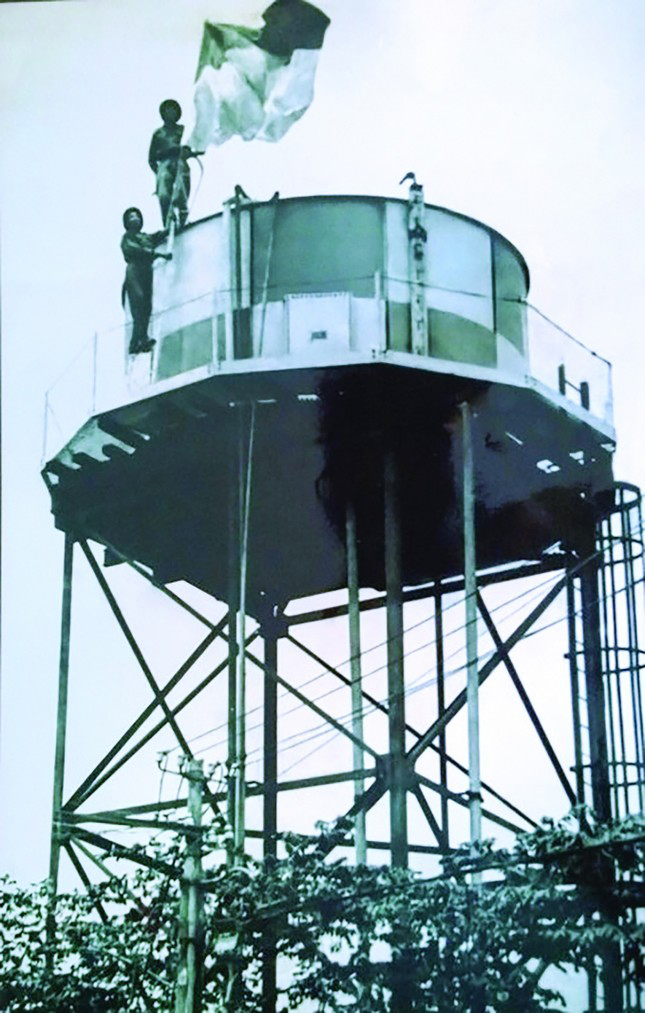 |
The moment veteran Pham Van Lai planted the flag on the water tower of Camp Davis. Photo provided by the character |
With optimism and belief in the day of total victory, Mr. Lai and his teammates actively prepared for the day of the general offensive. At around 8:00 a.m. on April 30, Mr. Pham Van Lai was assigned by his superiors to go to the warehouse to get the liberation flag and give it to the guards to hang at the highest point of Davis Camp. Realizing the urgency of the task, Mr. Lai and his teammate, Mr. Nguyen Van Can, took the initiative to carry it out.
“At that time, we were all very happy, excited and busy. We determined that the water tower was at the highest position. Mr. Can and I ran to hang the flag. On the way there, I saw a piece of iron water pipe. I thought it was a sturdy object that could withstand the wind, so I used it to make a flagpole,” Mr. Pham Van Lai recounted.
Arriving at the water tower, Mr. Lai climbed up first, followed by Mr. Can. When they reached the top, they tied the flag together. When they felt secure, veteran Pham Van Lai decided to raise the flag. Standing at the highest point of Davis Camp, looking at the proud liberation flag fluttering in the wind, he could not hold back his tears. "We were all proud and moved. After so many years of hardship, being held back by the enemy, and our homeland being devastated by bombs and bullets, the country has now been unified," said Mr. Pham Van Lai.
Fortunately, at that time, the delegation's staff had brought a camera and promptly captured the moment when veterans Pham Van Lai and Nguyen Van Can planted the flag on the water tower of Davis Camp. That photo and the liberation flag became a souvenir that Mr. Lai always kept and cherished until today.
PHAM QUYET
Source: https://www.qdnd.vn/50-nam-dai-thang-mua-xuan-1975/hoi-uc-cua-nguoi-cam-co-giai-phong-tai-trai-davis-mua-xuan-nam-1975-824943



![[Photo] Prime Minister Pham Minh Chinh and Prime Minister of the Kingdom of Thailand Paetongtarn Shinawatra attend the Vietnam-Thailand Business Forum 2025](https://vphoto.vietnam.vn/thumb/1200x675/vietnam/resource/IMAGE/2025/5/16/1cdfce54d25c48a68ae6fb9204f2171a)




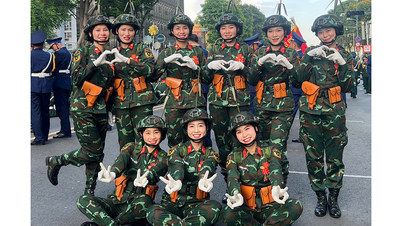
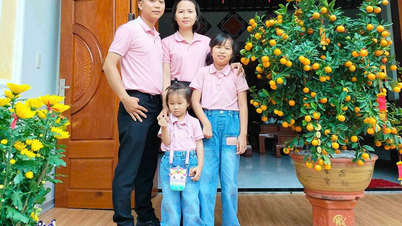
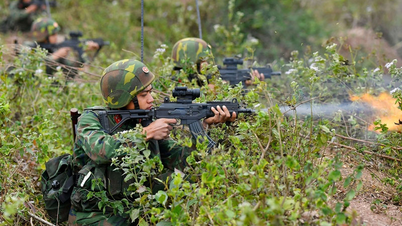
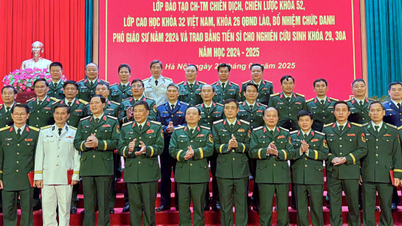
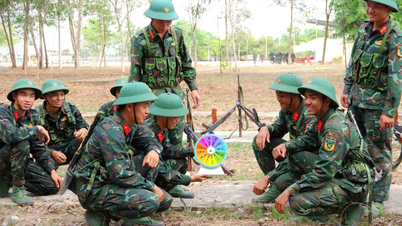
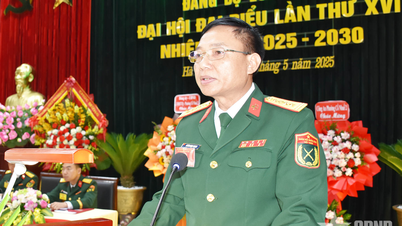




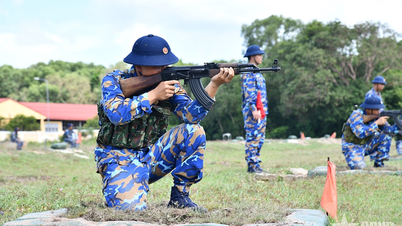
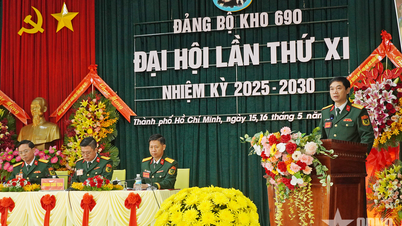
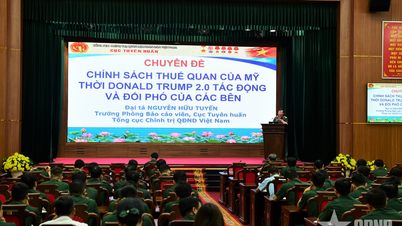
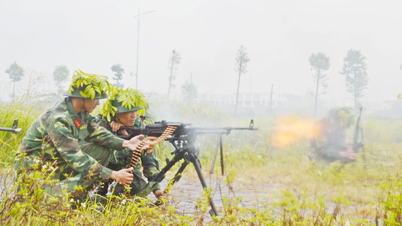

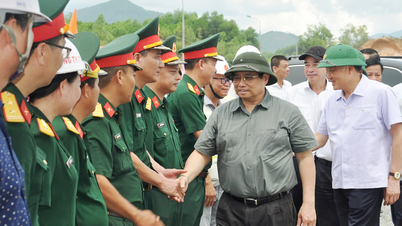
![[Photo] President Luong Cuong receives Prime Minister of the Kingdom of Thailand Paetongtarn Shinawatra](https://vphoto.vietnam.vn/thumb/1200x675/vietnam/resource/IMAGE/2025/5/16/52c73b27198a4e12bd6a903d1c218846)














































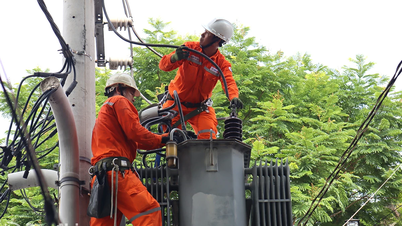

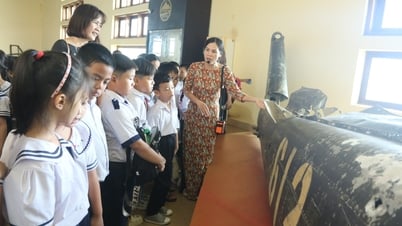

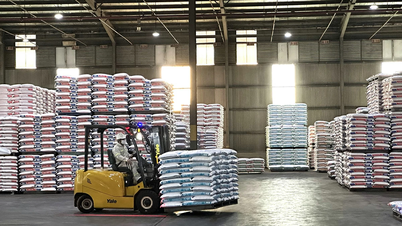
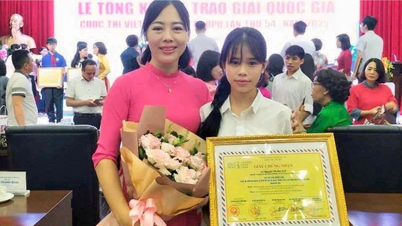

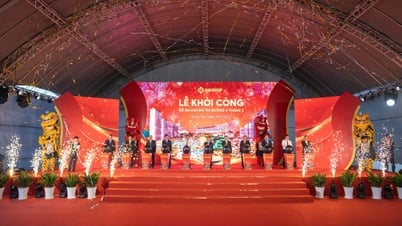












Comment (0)